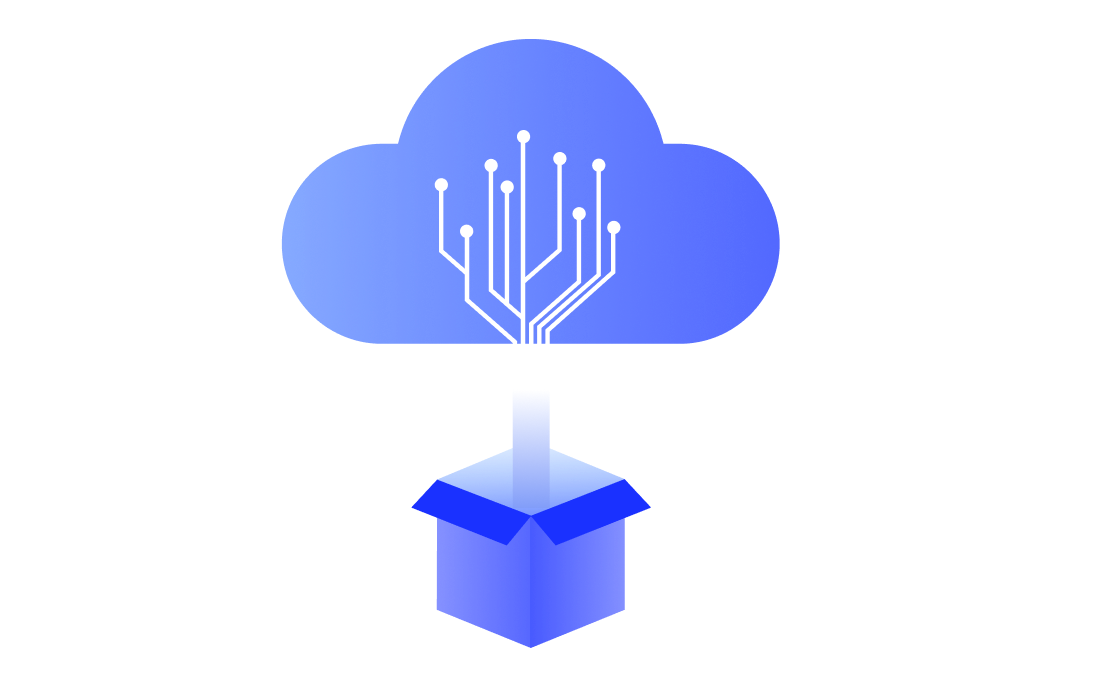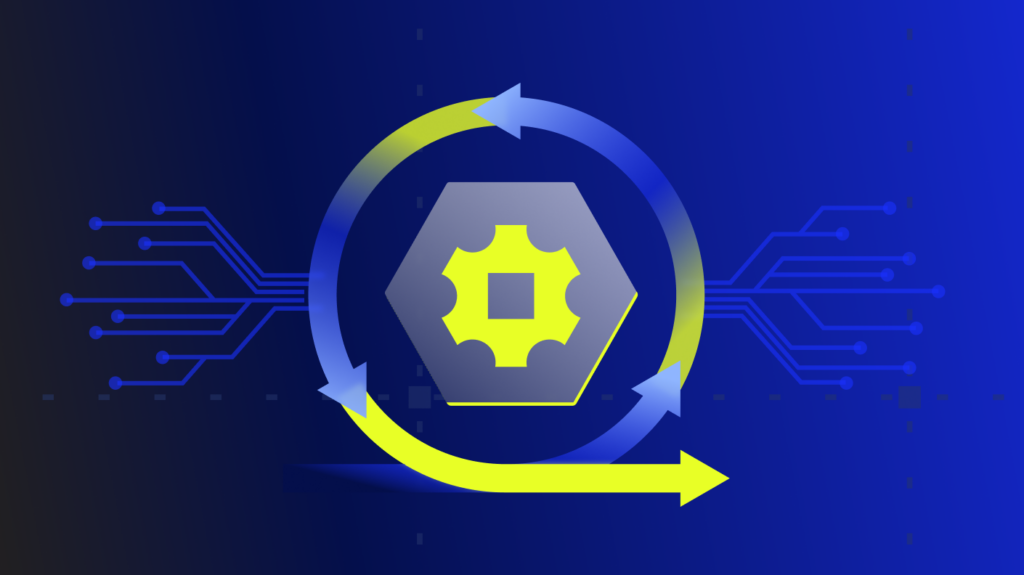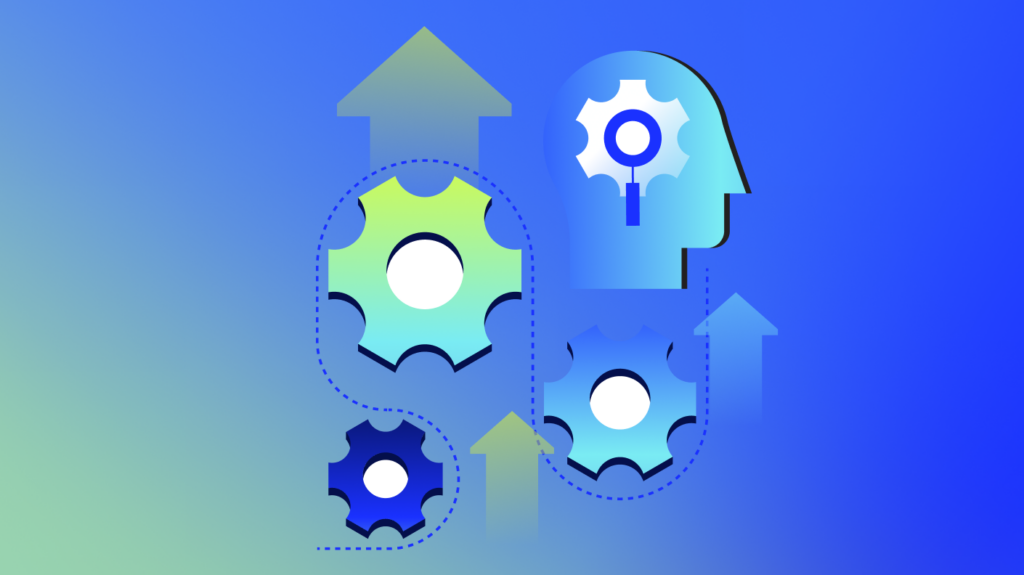Once upon a time, the prospect of an organization letting another organization manage its IT infrastructure seemed either inconceivable or incredibly dangerous. It was like someone handing their house keys to a stranger. Times have changed.
Remote Infrastructure Management (RIM) — when Company X lets Company Y, or a piece of software, monitor and manage its infrastructure remotely — has become the standard in some industries. It’s sometimes the de facto method for IT security, storage, and support.
When did this happen? When organizations started working remotely.
When the COVID-19 pandemic spiraled and governments issued social distancing and stay-at-home orders, companies rolled down the blinds and closed the doors. When remote IT management was a business need, not a request, CIOs came around to the idea. There was no other choice. It was that or nothing.
The C-suite discovered what IT leaders had known for years: RIM is safe, cheap, and just as effective as in-house management.
RIM is not perfect. There are challenges. Problems persist. So, IT leaders need to iron out the kinks before RIM becomes the standard across all industries.
In this guide, learn the current state of RIM, then discover what the future holds.
Key takeaways




What is remote infrastructure management?
RIM is the monitoring and management of IT infrastructure from a remote location. Company X outsources infrastructure management to Company Y, for example. Alternatively, super-smart software handles all this monitoring and management, and organizations can view management processes in real time from their devices. An administrator might need to visit the organization’s physical location (or, post-COVID, a home location) to repair broken hardware, but that should be a rare occurrence.
The term “IT infrastructure” — the thing or things that RIM monitors and manages — has different definitions but might include one or all of the below:
- Software
- Hardware
- Data centers
- Networks
- Devices
- Servers
- Databases
- Apps
- Emails
- Telephony
- IT services
- Customer relationship management (CRP) systems
- Enterprise resource planning (ERP) systems
The list goes on.
What is the current state of remote infrastructure management?
The IT infrastructure management landscape looks completely different from 18 months ago. Back then, most IT teams took care of monitoring and management. But then the pandemic hit. Suddenly, organizations required RIM solutions for several reasons:
- IT teams, now working from home, could no longer manage IT infrastructure on-site effectively.
- Work-from-home models presented unique security challenges that required a more scalable infrastructure management solution. Employees accessed different software on different devices at different locations, and only RIM could solve these challenges.
- As the economy stuttered, many organizations reduced IT spending, and RIM provided a cheaper solution than conventional in-house IT.
- New technologies like teleconferencing provided additional security challenges. Hence, there is a demand for a more comprehensive infrastructure management solution.
Recent research from LogicMonitor reveals the collective concerns of IT leaders who monitor and manage the IT infrastructure of at-home employees:
- 49% worry about dealing with internet outrages and other technical issues remotely.
- 49% think too many employees logging into systems remotely will cripple networks.
- 38% worry about employees logging into systems through virtual private networks (VPNs).
- 33% don’t have access to the hardware they need to do their jobs.
- 28% don’t think teleconferencing software is secure enough.
It’s no wonder, then, that so many of these IT leaders are looking for RIM solutions.
Read more fascinating insights from LogicMonitor’s Evolution of IT Research Report.
The growing demands of remote work have turned remote infrastructure management into a necessity, not a luxury.
How much infrastructure management is currently ‘remote’?
The great thing about RIM is its flexibility. Organizations can choose what they want a service provider or software to monitor and manage depending on variables such as internal capabilities and cost. Company X might want to manage its networks remotely but not its software, for example. Research shows database and storage system management are the most popular infrastructure ‘types’ monitored and managed remotely.
Remote infrastructure management challenges
Not all RIMs are the same. CIOs and other IT leaders need to invest in a service provider or software that troubleshoots and solves these challenges:
Challenge 1: Growth and scalability
Only 39% of IT decision-makers feel ‘confident’ their organization can maintain continuous uptime in a crisis, while 54% feel ‘somewhat confident,’ according to LogicMonitor’s report. These professionals should seek an RIM solution that scales at the same rate as their organization.
There are other growth solutions for IT leaders concerned about uptime in a crisis. Streamlining infrastructure by investing in storage solutions such as cloud services reduces the need for hardware, software, and other equipment. With more IT virtualization, fewer problems will persist in a crisis, improving business continuity.
Challenge 2: Security
Security is an enormous concern for organizations in almost every sector. The pandemic has exasperated the problem, with the work-from-home model presenting security challenges for CIOs. There were nearly 800,000 incidents of suspected internet crime in 2020 — up 300,000 from the previous year — with reported losses of over $4 billion. Phishing remains the No.1 cybercrime.
CIOs need a RIM solution that improves data security without affecting employee productivity and performance. However, this continues to be a challenge. IT virtualization doesn’t eliminate cybercrime, and not all service providers and software provide adequate levels of security for data-driven teams.
There are several security frameworks to consider. IT leaders require a RIM solution that, at the least, adheres to SOC2 and ISO standards, preferably ISO 27001:2013 and ISO 27017:2015 — the gold standards of IT security. Other security must-haves include data encryption, authentication controls, and access controls.
Then there’s the problem of data governance. When moving data to a remote location, data-driven organizations must adhere to frameworks like GDPR, HIPAA, and CCPA. Otherwise, they could face expensive penalties for non-compliance.
Challenge 3: Costs
The cost of RIM remains a bugbear for many CIOs. As RIM is still a relatively new technology, some service providers charge larger organizations hundreds of thousands to manage and monitor hardware, software, networks, and servers.
Investing in monitoring software provides more value for money. These programs do nearly everything a RIM services provider does but without the expensive price tag. Service providers use software to automate monitoring and management, so organizations won’t notice a big difference.
Regardless of whether organizations choose a service provider or monitoring software, the costs of both methods should provide an investment return. Research shows the average cost of a data breach in the U.S. is $8.46 million, so if remote monitoring and management prevent a breach, it’s well worth it.
Challenge 4: Automation
As mentioned above, software automates much of remote monitoring. However, some monitoring and management tools are better at executing this process than others. That’s because RIM is still a new technology, and some vendors are working out the fine details. Regardless, monitoring tools are becoming more sophisticated daily, automating nearly all the manual processes associated with infrastructure management, such as network performance updates and security patch installation.
Challenge 5: AI/Machine learning
RIM has struggled with AI and machine learning, but this is changing fast. The best tools take advantage of these technologies by providing end-users with invaluable insights into every aspect of their IT infrastructure, from server uptime to network memory.
AI and machine learning are transforming remote infrastructure management, enabling predictive analytics and smarter decision-making.
AI-driven tools leverage predictive analytics to analyze historical data, identify patterns, and predict potential failures before they occur, enabling IT teams to take proactive measures and prevent incidents. Machine learning enhances intelligent automation by optimizing tasks such as resource allocation and network performance, reducing the need for manual intervention and increasing overall efficiency.
AI-powered algorithms will continuously monitor your systems, detecting unusual behaviors or anomalies that could indicate security threats or performance issues, allowing for a swift response. Capacity planning is also improved as AI tools analyze infrastructure usage trends and provide recommendations for resource optimization, ensuring scalability while avoiding unnecessary costs.
Finally, machine learning models correlate data across diverse systems to generate actionable insights, helping CIOs make informed decisions, prioritize tasks, and allocate resources more effectively. These advancements are transforming RIM into a smarter, more efficient approach to infrastructure management.
Not all remote management tools use these technologies, so CIOs and software procurement teams should research the market and find the best platforms and RIM service providers.
Challenge 6: Cloud
RIM and the cloud are a match made in technological heaven. With IT virtualization, CIOs can manage much of their infrastructure (and data) in a cloud environment, which provides these remarkable benefits:
- The cloud reduces the amount of physical hardware (on-premise hardware) in an organization.
- It safeguards data for security and governance purposes.
- Team members can access data remotely wherever they are in the world.
- It protects the environment.
- It improves energy efficiency.
- It scales better.
- It provides cost savings.
The move to full virtualization won’t happen anytime soon, with many business leaders still skeptical about the cloud. 74% of IT leaders think 95% of public, private, and hybrid workloads will run in the cloud in the next five years, according to LogicMonitor’s report. 22% think it will take six years or more; 2% don’t believe it will ever happen. Still, more organizations are using the cloud than ever before.
The cloud brings security challenges for IT teams, but the right tools will ease any concerns.
How to implement remote infrastructure management services effectively
Implementing RIM successfully requires a structured approach that aligns with your organization’s needs, infrastructure, and goals. Below are actionable steps to ensure effective adoption:
1. Assess organizational needs
Before implementing RIM, identify what infrastructure components need to be managed remotely. This might include:
- Networks and servers for real-time monitoring
- Applications requiring frequent updates
- Critical data is subject to compliance regulations
Consider existing IT capabilities and pinpoint areas where RIM can add the most value, such as improving uptime or reducing costs.
2. Choose the right tools and providers
Select tools or service providers that match your infrastructure’s complexity and scalability requirements. Look for:
- Automation and AI capabilities to reduce manual effort
- Compliance with SOC2, ISO 27001, and other relevant standards
- Flexible pricing models that suit your organization’s budget
Ensure your chosen solution integrates seamlessly with existing systems, including hybrid and multi-cloud environments.
3. Prioritize security
Cybersecurity is a critical consideration for any RIM strategy. Implement:
- Data encryption to protect sensitive information
- Role-based access controls to minimize security risks
- Regular audits to ensure compliance with regulations like GDPR or CCPA
Security protocols should safeguard data without hampering employee productivity
4. Leverage automation and AI
Automating routine tasks such as performance monitoring and incident detection streamlines IT and business operations. Use tools that:
- Offer predictive analytics for proactive maintenance
- Automatically apply security patches and updates
This reduces downtime and frees up IT resources for strategic initiatives.
5. Plan for scalability
As your organization grows, your RIM strategy should scale accordingly. Opt for solutions that support:
- Increasing workloads without impacting performance
- Flexible infrastructure that adapts to changing needs, such as expanding cloud storage
Scalability ensures your IT operations remain efficient during growth.
6. Train your IT teams
Equip IT staff with the skills needed to manage RIM tools effectively. Training ensures:
- Seamless tool adoption
- Improved collaboration between teams managing on-premises and remote infrastructure
A well-trained team is critical for realizing the full benefits of RIM.
7. Monitor and optimize continuously
RIM implementation doesn’t end after setup. Continuously track key performance metrics, such as:
- System uptime and availability
- Incident response times
- Infrastructure costs
Use these insights to refine your strategy and improve efficiency.
RIM vs DCIM software
While RIM and Data Center Infrastructure Management (DCIM) software share overlapping goals, they are distinct in their approach and scope. Both focus on improving visibility and control over IT infrastructure, but each caters to different operational needs.
What is DCIM software?
DCIM software specializes in managing the physical components of data centers, such as power, cooling, and space utilization. It provides insights into infrastructure efficiency and helps data center operators optimize performance, reduce energy costs, and plan for future capacity needs.
How RIM differs from DCIM
- Scope of management
- RIM: Broadly encompasses remote monitoring and management of IT infrastructure, including software, hardware, servers, and networks, often across multiple geographic locations.
- DCIM: Primarily focuses on the physical aspects of a data center, such as racks, power distribution, and environmental conditions.
- Location
- RIM: Extends management capabilities beyond the data center, making it ideal for hybrid, remote, and multi-cloud environments.
- DCIM: Typically operates within the confines of a physical data center, offering on-premises insights.
- Key technologies
- RIM: Leverages automation, AI, and cloud-based tools to provide real-time monitoring and incident management.
- DCIM: Relies on sensors, physical monitoring tools, and predictive analytics for maintaining data center health and efficiency.
- Use cases
- RIM: Ideal for organizations with distributed infrastructure needing centralized, remote oversight.
- DCIM: Suited for enterprises managing large-scale, on-premises data centers requiring detailed physical infrastructure management.
When to use RIM or DCIM
Organizations that rely heavily on hybrid IT environments or need to support remote operations benefit from RIM’s flexibility. However, for businesses with significant investments in physical data centers, DCIM provides unparalleled insights into physical infrastructure performance.
Can RIM and DCIM work together?
Yes. These solutions complement one another, with RIM focusing on the IT layer and DCIM ensuring optimal physical conditions in the data center. Together, they provide a holistic view of infrastructure performance and health.
What is the future for remote infrastructure management?
More organizations are investing in RIM. Experts predict the global RIM market will be worth $54.5 billion by 2027, growing at a CAGR of 9.7% from now until then. Meanwhile, database management and storage system management will grow at CAGR rates of 10.4% and 10% over the next seven years. The two countries that will invest the most money in RIM during this same period will be China and the United States.
With such explosive growth, expect more RIM innovations in the next few years. The software will become smarter. Service providers will offer more infrastructure services. Full cloud monitoring may exist if all infrastructure moves to the cloud.
RIM could also trickle down to smaller businesses that still rely on manual processes for monitoring and management — or don’t carry out these critical tasks at all. As the costs of data centers, servers, and resources rise, small business owners will keep a closer eye on monitoring tools that provide them with insights such as network and bandwidth usage and infrastructure dependencies.
Take control of your IT infrastructure today
RIM has existed, in one form or another, for several years. However, the growing demands of work-from-home have brought remote monitoring and management into the spotlight. Whether it comes from software or a service provider, RIM takes care of software, hardware, server, and network tasks organizations don’t have the time for or don’t want to complete. Despite some challenges, the future of RIM looks bright, providing busy teams with bespoke monitoring and management benefits they can’t find anywhere else.
LogicMonitor is the cloud-based remote monitoring platform for CIOs and IT leaders everywhere. Users get full-stack visibility, world-class security, and network, cloud, and server management tools from one unified view. Welcome to the future of remote monitoring. Learn more or try LogicMonitor for free.
Subscribe to our blog
Get articles like this delivered straight to your inbox







